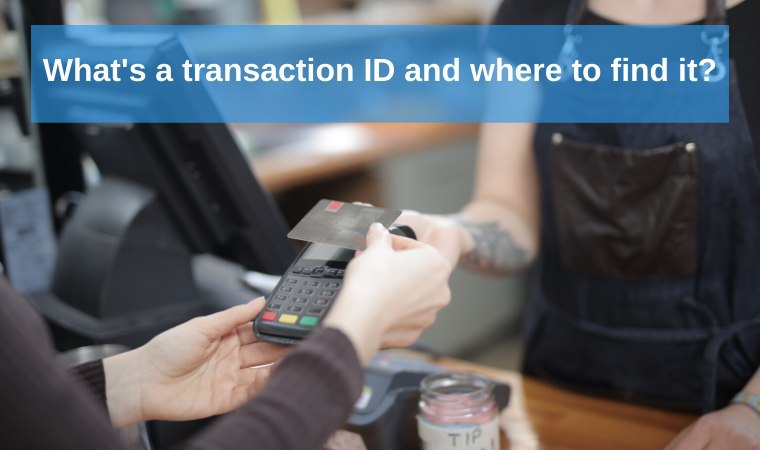Omni-digital business model
The Omni-digital business model stands for using digital-only means to communicate with the clients. Customers eliminate interacting with the brick-and-mortar branches/offices to get products or services. To provide smooth customer experience, businesses need to make sure their online stores/website/applications work equally well across all digital platforms.
The main difference between the Omni-channel and Omni-digital model is that the first one prioritizes the given channels. The Omni-digital, in its turn, praises the customer experience in the first place. The interaction channel is not the most important factor.
Many companies switch to the Omni-digital approach. That statement is true for the banking and financial sectors. Assuming that many banks’ CS teams interact with the clients online, customer experience becomes the main criterion.
Moreover, thanks to the variety of tools, business owners can evaluate the quality of digital communication. And clients’ support teams or managers have the support of CRMs, statistic tools, etc.
Considering the predominance of Internet technologies, the Omni-channel business model is a real value for companies. This approach helps provide a better user experience and listen for customers needs. Business owners can create clearer communication channels, which impacts customers’ loyalty.
There are some key points that can ensure the smooth use of the Omni-digital approach, for instance:
- make sure customers can reach your business how and whenever they want,
- make sure this interaction is hassle-free,
- track the full scope of interaction via different channels to analyze and develop the user experience.


